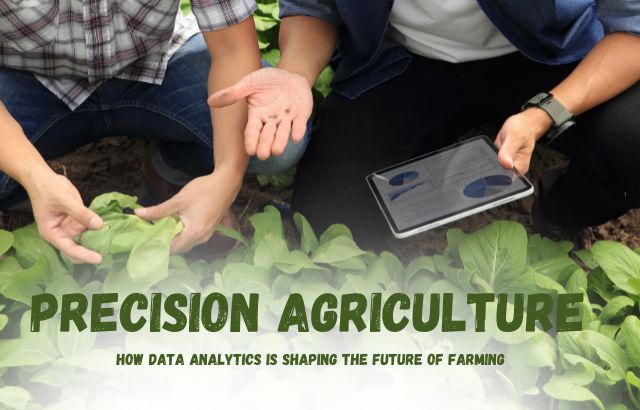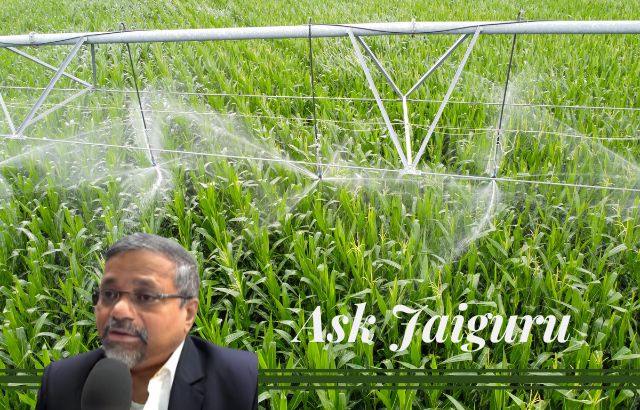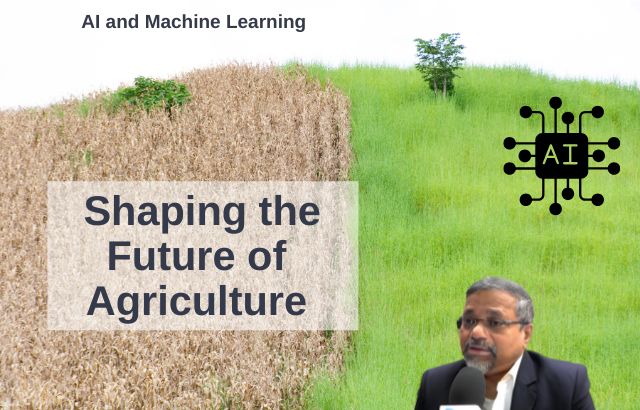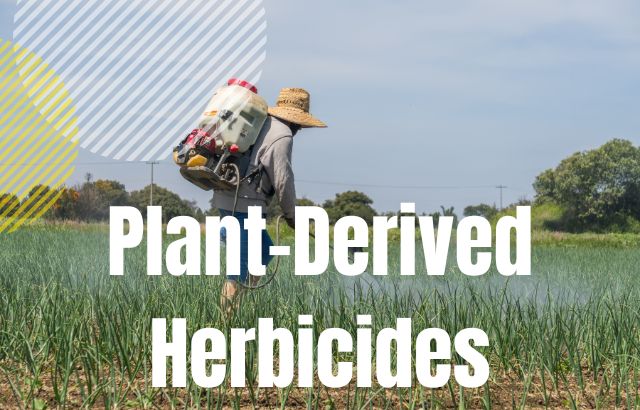Green innovators are transforming the world by creating solutions that address environmental challenges, promote social good, and drive economic prosperity. However, the true effectiveness of these innovations lies not just in their creation but in how their impact is measured and demonstrated. By using data, metrics, and performance indicators, innovators can track and quantify the impact of their work on the environment, society, and the economy.
In this blog, we’ll explore how green innovators measure the impact of their innovations, provide examples of these measurements, highlight the roles of green innovators, and delve into methods and sample calculations used by agriculture innovator Jaiguru Kadam. Additionally, we will share intriguing statistics and fascinating facts to illustrate the importance of measuring impact.
Why Measuring Impact Matters
Impact measurement is essential for understanding the effectiveness of green innovations. It helps stakeholders—from businesses to governments and consumers—understand whether the solutions are achieving their intended goals. Without this data, it becomes difficult to assess the success of initiatives or make informed decisions about scaling solutions.
Key reasons for measuring impact include:
- Evidence-Based Decision Making: Accurate measurements help innovators and policymakers make informed decisions about which initiatives to scale or refine.
- Demonstrating Effectiveness: For green innovations to gain widespread adoption, it is essential to show that they deliver tangible benefits, such as reducing carbon emissions, saving water, or improving livelihoods.
- Optimizing Resources: By tracking and analyzing impact, innovators can identify areas for improvement and optimize their solutions to maximize benefits.
The Role of Green Innovators in Measuring Impact

Green innovators are responsible for tracking and measuring the outcomes of their innovations. Their roles include:
- Developing Metrics: Green innovators design metrics that can quantify environmental, social, and economic impact. These metrics can be anything from carbon emissions reductions to job creation or resource savings.
- Data Collection and Analysis: Gathering data from real-world applications of innovations is essential. This could involve collecting environmental data, monitoring energy consumption, or measuring social impacts like increased access to clean water.
- Impact Reporting: Innovators use the data to create reports or dashboards that communicate the impact of their solutions to stakeholders. This transparency fosters trust and accountability.
- Continuous Improvement: By analyzing the collected data, green innovators can identify areas where their innovations need improvement, and refine them to increase their positive impact.
Examples of Measuring Impact in Green Innovations
1. Solar Energy Systems: Solar Home Systems in Africa
One of the most impactful green innovations in recent years has been the development of Solar Home Systems (SHS), particularly in regions where the electricity grid is inaccessible. Companies like M-KOPA Solar have been instrumental in providing affordable, solar-powered solutions for off-grid households in East Africa.
- Impact Measurement: M-KOPA Solar measures impact through metrics such as the number of households served, the amount of CO2 emissions reduced, and the increase in hours of productive time gained due to reliable electricity. For instance, they report that each solar system can offset about 1 ton of CO2 per year.
2. Water Conservation in Agriculture: Jaiguru Kadam’s Irrigation Systems
Agriculture is one of the sectors most affected by climate change, and water usage is a key issue. Jaiguru Kadam, an agriculture green innovator, focuses on developing sustainable irrigation systems that use significantly less water while boosting crop productivity.
- Impact Measurement: Kadam tracks the effectiveness of his irrigation systems by measuring water savings, crop yield improvements, and the reduction in energy costs. For example, his modular irrigation system can reduce water usage by up to 40% compared to traditional methods, leading to both environmental and economic benefits.
3. Circular Economy in Waste Management
A company like TerraCycle tracks the impact of its circular economy initiatives by measuring the amount of waste it recycles, the number of products produced from recycled materials, and the reduction in landfill usage. TerraCycle works with businesses and consumers to repurpose waste into new products, turning materials like cigarette butts and used toothbrushes into valuable items.
- Impact Measurement: TerraCycle reports recycling millions of pounds of waste each year and estimates the reduction of carbon emissions through its recycling efforts, helping divert over 10 million pounds of plastic from landfills in 2021 alone.
Methods and Sample Calculations by Jaiguru Kadam

Jaiguru Kadam uses a variety of methods to measure the impact of his agricultural innovations, focusing on resource conservation, increased yields, and economic benefits for farmers. Here are some key methods and sample calculations used in his work:
1. Water Savings from Irrigation
- Assumption: A traditional farm uses 100,000 liters of water per month for irrigation.
- New System: Kadam’s modular irrigation system reduces water consumption by 40%.
- Calculation:
- Water savings: 100,000 liters x 40% = 40,000 liters of water saved per month.
- Annual Savings: 40,000 liters x 12 months = 480,000 liters saved per year.
- Economic Impact: If water costs $0.50 per 1,000 liters, the annual savings equals $240 per farm.
2. Increased Crop Yield with Organic Fertilizer
- Assumption: A farm yields 2,000 kg of crops per hectare using chemical fertilizers.
- New System: Kadam’s organic compost increases crop yield by 20%.
- Calculation:
- Increased yield: 2,000 kg x 20% = 400 kg additional yield per hectare.
- Economic Impact: If crops are sold at $3 per kg, the increased income would be $1,200 per hectare.
3. Reduction in Carbon Emissions
Kadam also tracks the reduction in carbon emissions resulting from more sustainable farming practices, such as reduced synthetic fertilizer use and better soil management.
- Assumption: Traditional farming methods emit 1.2 tons of CO2 per hectare annually.
- New System: Kadam’s practices reduce CO2 emissions by 30%.
- Calculation:
- CO2 reduction: 1.2 tons x 30% = 0.36 tons of CO2 saved per hectare per year.
- Farm Impact: For 100 hectares, that’s 36 tons of CO2 saved annually.
Intriguing Statistics and Fascinating Facts
- Impact of Renewable Energy: The International Renewable Energy Agency (IRENA) estimates that renewable energy could reduce global CO2 emissions by 70% by 2050.
- Water Conservation: Agriculture accounts for approximately 70% of global freshwater use. Innovations in irrigation, such as those pioneered by Jaiguru Kadam, could significantly reduce this consumption.
- Circular Economy: According to a report by the Ellen MacArthur Foundation, adopting circular economy models in the fashion industry alone could save $160 billion annually by 2030 through waste reduction and resource efficiency.
Ask Jaiguru:Navigating Business and Personal Growth

1. How do green innovators measure the environmental impact of their solutions?
- Green innovators measure environmental impact through metrics like reduced carbon emissions, energy saved, water conserved, and waste diverted. They may use tools like life cycle assessments (LCAs) to quantify these impacts.
2. Why is it important to measure the impact of green innovations?
- Measuring impact ensures that innovations are achieving their environmental, social, and economic goals. It helps track progress, refine solutions, and demonstrate effectiveness to stakeholders, encouraging wider adoption.
3. How do green innovators measure the economic impact of their solutions?
- Innovators track factors such as cost savings, income generation, job creation, and the return on investment (ROI) for users or companies adopting sustainable solutions.
4. Can impact measurement help scale green innovations?
- Yes! Demonstrating positive impacts with clear data can attract investors, policymakers, and consumers, helping to scale successful green innovations.
Conclusion
Measuring impact is a crucial part of green innovation, as it allows innovators to track the effectiveness of their solutions and demonstrate their benefits to the environment, society, and economy. By using metrics, data, and calculations, innovators like Jaiguru Kadam in agriculture can make informed decisions, optimize their solutions, and prove their impact. This transparency and accountability are key to scaling sustainable practices across industries.
As green innovators continue to measure and refine their work, we can expect even greater advancements in sustainable technologies that will help us build a more resilient and eco-friendly future.










